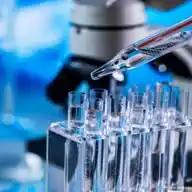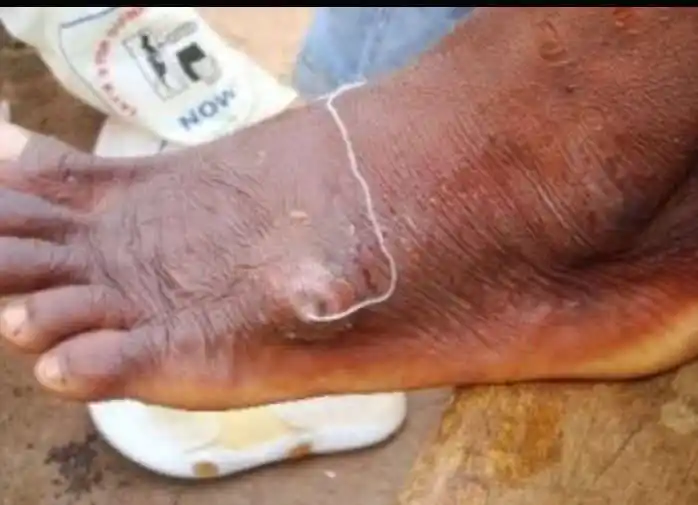
🔬Forum of Clinical Laboratories💉
June 4, 2025 at 01:28 PM
*Guinea Worm Disease (Dracunculiasis)*
*1. What is it?*
→ *Guinea worm diseases* is a parasitic infection caused by the roundworm Dracunculus medinensis.
It primarily affects poor communities with limited access to safe drinking water.
The disease causes a painful, disabling condition when the adult female worm emerges from the skin.
*2. Cause*
The disease is caused by ingesting water contaminated with copepods (tiny water fleas), which carry the larvae of the Guinea worm.
*3. Transmission*
📲 People get infected by drinking unsafe water containing copepods that have ingested the larvae of the worm.
📲 The copepods die in the human stomach, releasing the larvae.
📲 The larvae then penetrate the intestinal wall, mature in body tissues, and after about a year, the adult female worm travels to the skin.
📲 A blister forms, usually on the lower leg or foot, and the worm starts to emerge.
If the blister is submerged in water, the female worm releases thousands of larvae, contaminating the water and restarting the cycle.
*4. Symptoms*
- Initially, there are no symptoms during the incubation period (which lasts about one year).
- Then a painful blister develops on the skin, most commonly on the lower limbs.
- The patient may experience a burning sensation, fever, swelling, nausea, and vomiting.
- The blister ruptures and the long, thin worm begins to emerge, which can be extremely painful.
*Secondary bacterial infections* are common and can lead to complications like joint deformities.
*5. Diagnosis*
Diagnosis is usually clinical, based on the presence of a blister and the visible worm emerging from the skin. Fluid from the blister can be examined under a microscope to confirm the presence of larvae.

👍
❤️
3